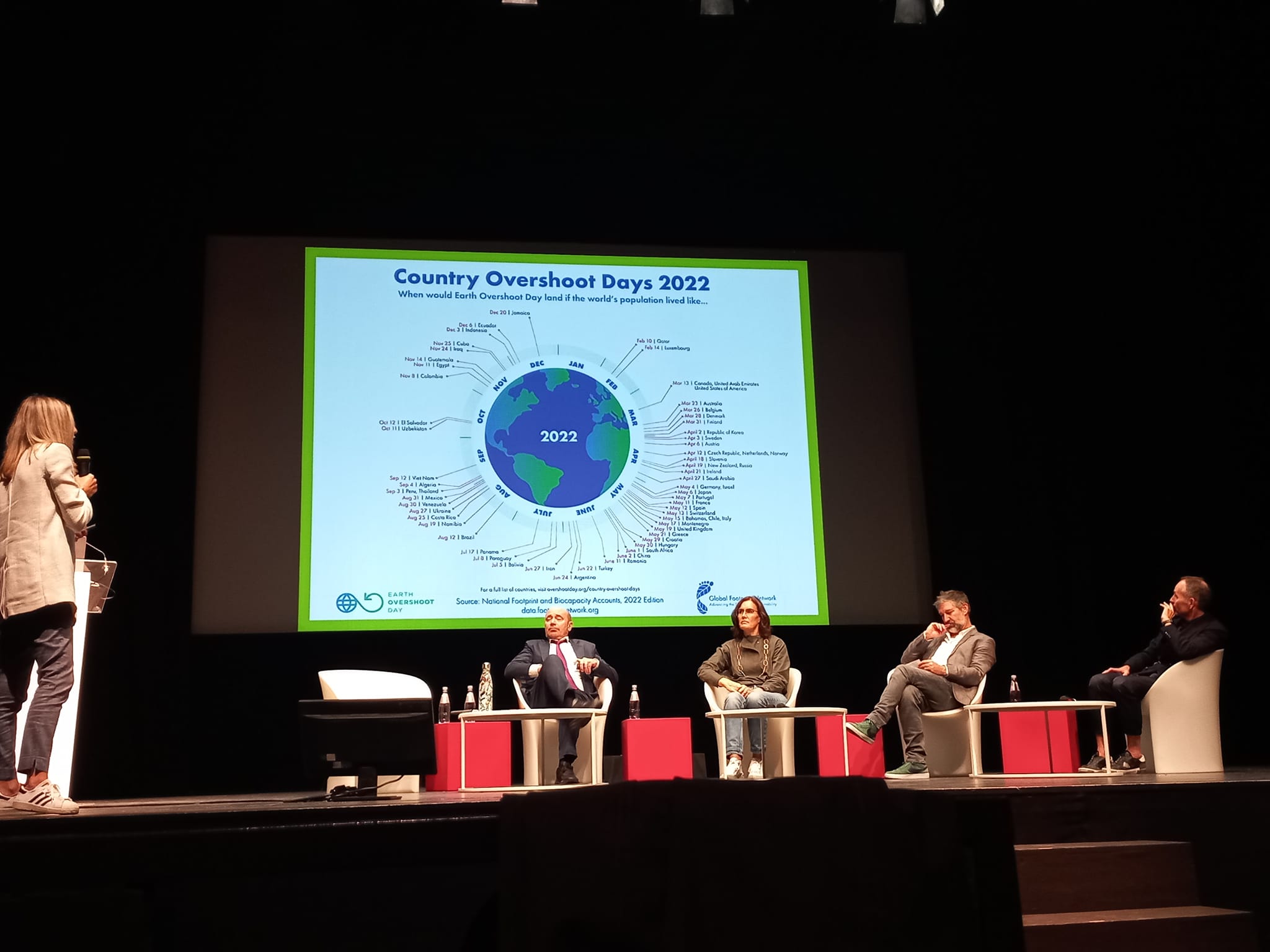
This is the third consecutive time that Malta is participating in La Biennale di Venezia, and this time round, the immersive installation - inspired by the Caravaggio painting of The Beheading of St John the Baptist - marries the past with the future in a manner that incites its audience to share a space where the tragedy and brutality of St John’s execution is experienced in the present.
The artists and curators, who are deeply aware of art’s environmental impact, collaborated with a technical team and other sustainability and climate strategy experts to define a roadmap to reduce Diplomazija Astuta’s climate impact in correspondence with the artwork’s message and significance.
Diplomazija astuta’s carbon neutrality was achieved through the application of the international standard ISO 14067:2018, reducing equivalent CO2 emissions and mitigating certified residual emissions – a virtuous roadmap that had never been applied to art before.

The carbon neutrality roadmap
In collaboration with Susanna Sieff, expert and sustainability consultant to national and international businesses and events, a set of actions were identified to preemptively reduce the artwork’s GHG emissions. Interventions included using renewable energy for the entire duration of the Biennale Exhibition and full recovery of steel used, which will be melted and recycled at a nearby site.
Residual emissions have been calculated with Tetis Insitute’s help and independently verified by international certification body DNV. Once certified, residual emissions were compensated using certified carbon credits with Carbonsink’s support – together with South Pole, the world biggest provider of emission reduction strategies and solutions.
Carbon credits used to offset Diplomazija astuta’s 81 tons of residual emissions were generated by the Ntakata Mountains REDD project which started in 2017 in Tanganica District in west Tanzania to engage and support communities in local forest conservation activities. This project was specifically chosen by artist Sassolino for its alignment to Diplomazija astuta’s message. Working with local communities in vulnerable ecosystems, Ntakata Mountains Project combines climate and social inequality action, contributing to achieve 11 out of the 17 Sustainable Development Goals of the United Nations (SDGs).
As strong supporters of the Sustainable Development Goals and global climate action, Arts Council Malta is very proud of the Malta Pavilion team to have collaborated internationally with experts in the field, such as with Susanna Sieff and Carbonsink, and to have taken action in this regard.

Diplomazija astuta
Commissioners: Arts Council Malta, under the auspices of the Ministry of National Heritage, the Arts and Local Government.
Project Leader on behalf of Arts Council Malta: Dr Romina Delia
Curators: Keith Sciberras (Malta) and Jeffrey Uslip (USA)
Artists: Arcangelo Sassolino (Italy), Giuseppe Schembri Bonaci (Malta), composer Brian Schembri (Malta).
Project Managers: Nikki Petroni (Malta), Laura Dequal (Italy) and Esther Flurry (USA).
Submitting ...
Saving ...
Any applications related to this entity, will also be automatically deleted.